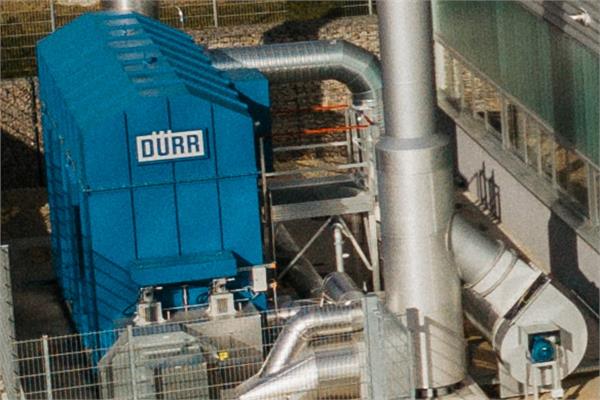
Dürr provided an efficient and cost-effective exhaust air purification system for the manufacturing process of metal packaging.
Dürr has announced the successful installation of Oxi.X RA, an RTO system that efficiently and cost-effectively purifies exhaust air and prevents permanent deposits, at the manufacturing site of Mall + Herlan.
Mall + Herlan is a German mechanical engineering company that has recently started to produce metal packaging for personal care, household, food and pharmaceutical products and needed an air pollution control system for its innovative manufacturing process for aerosol cans.
The aerosol cans are coated or printed from the inside and outside in a three-stage process with paint colours that contain up to 70% solvent, so the VOCs are released during the burning-in and drying process at temperatures of up to 300° C. In addition, also the three coating stations, the tower storage and various transport routes emit polluted exhaust air.
The RTO system
As part of the manufacturing process, there is also a risk of the condensation of critical pollutants, giving rise to solids that can severely clog pipes and the air pollution control system. To purify the exhaust air effectively and economically, the company requested then a regenerative thermal oxidation (RTO) with a thermal efficiency of up to 97%. With an oxidation temperature of up to 850° C, this process even eliminates odour emissions.
The Oxi.X RA type RTO system has a fully ceramic internal structure and a special bake-out process and is rated for a maximum treatment capacity of 11,000 m³/h and pollution loads of 1 to 2 g/m3. The burner can be switched off completely and no additional primary energy is needed to operate the air pollution control system, because the heat exchanger simultaneously acts as a heat accumulator by storing the excess energy in phases with high solvent concentrations. In subsequent phases with low pollutant concentrations, the excessive temperature level is slowly lowered again and made available.